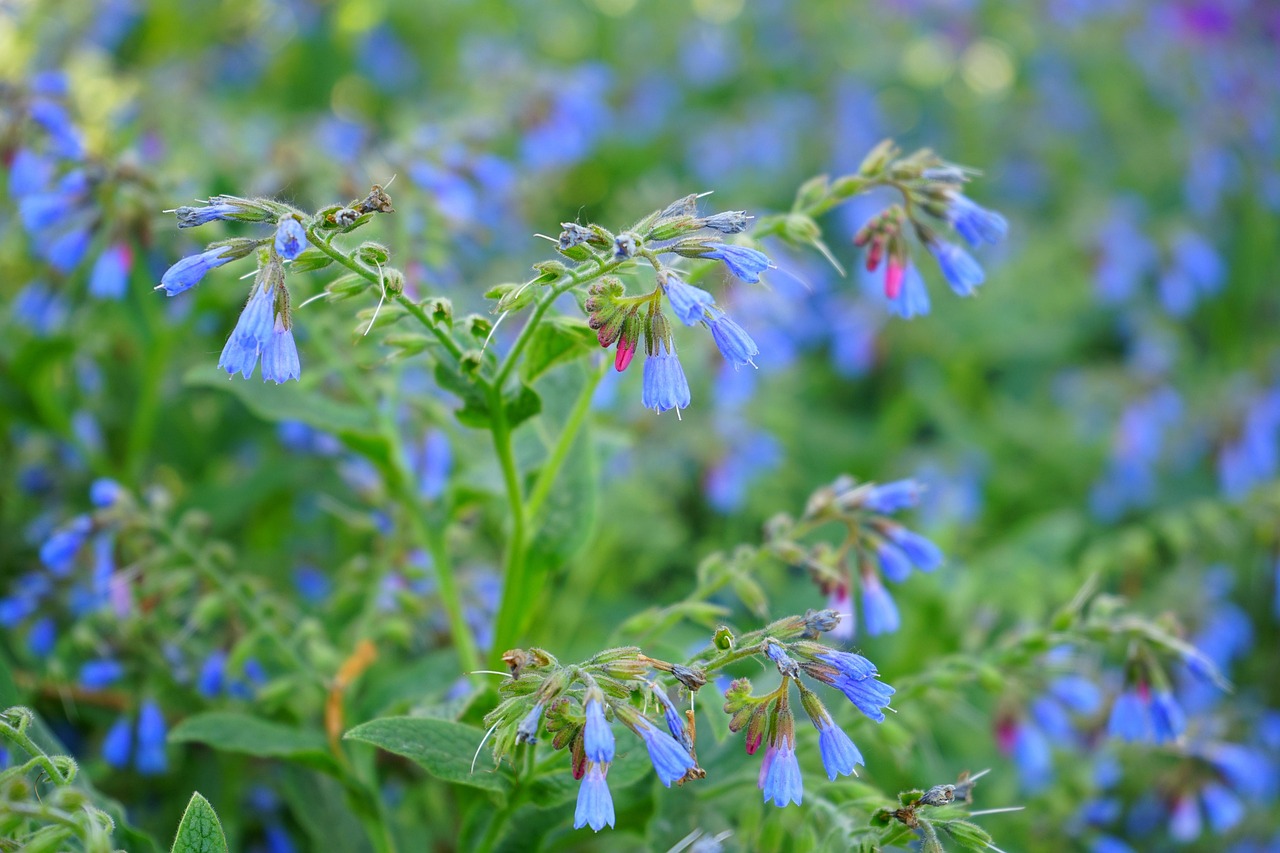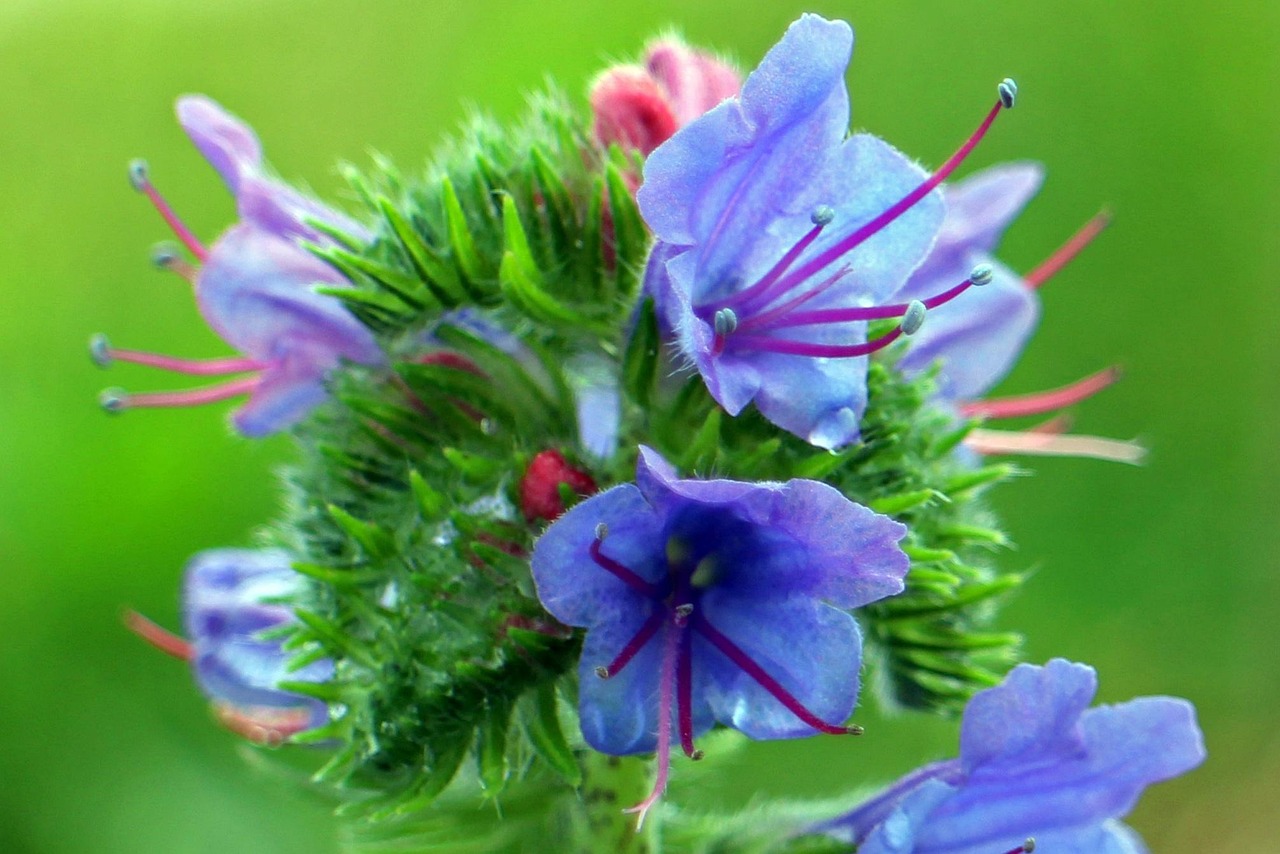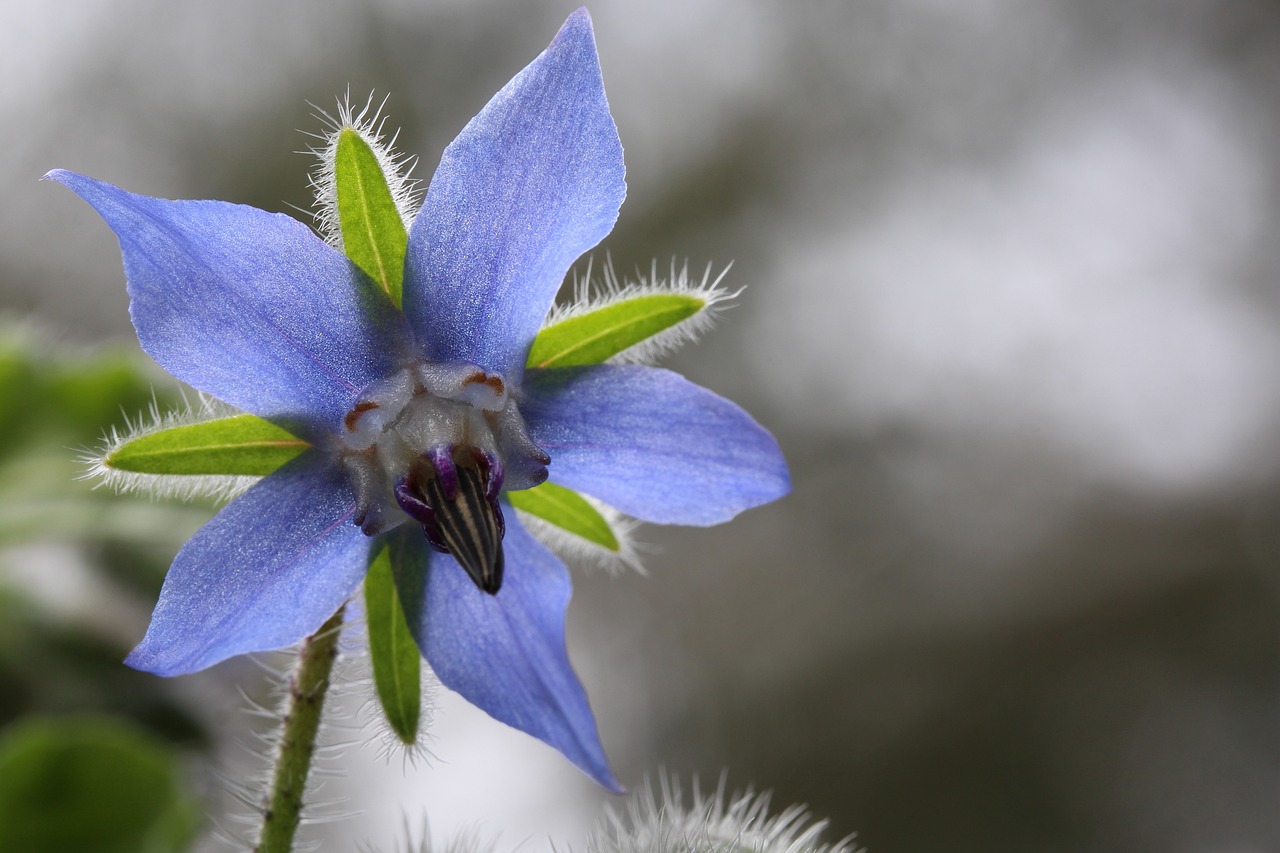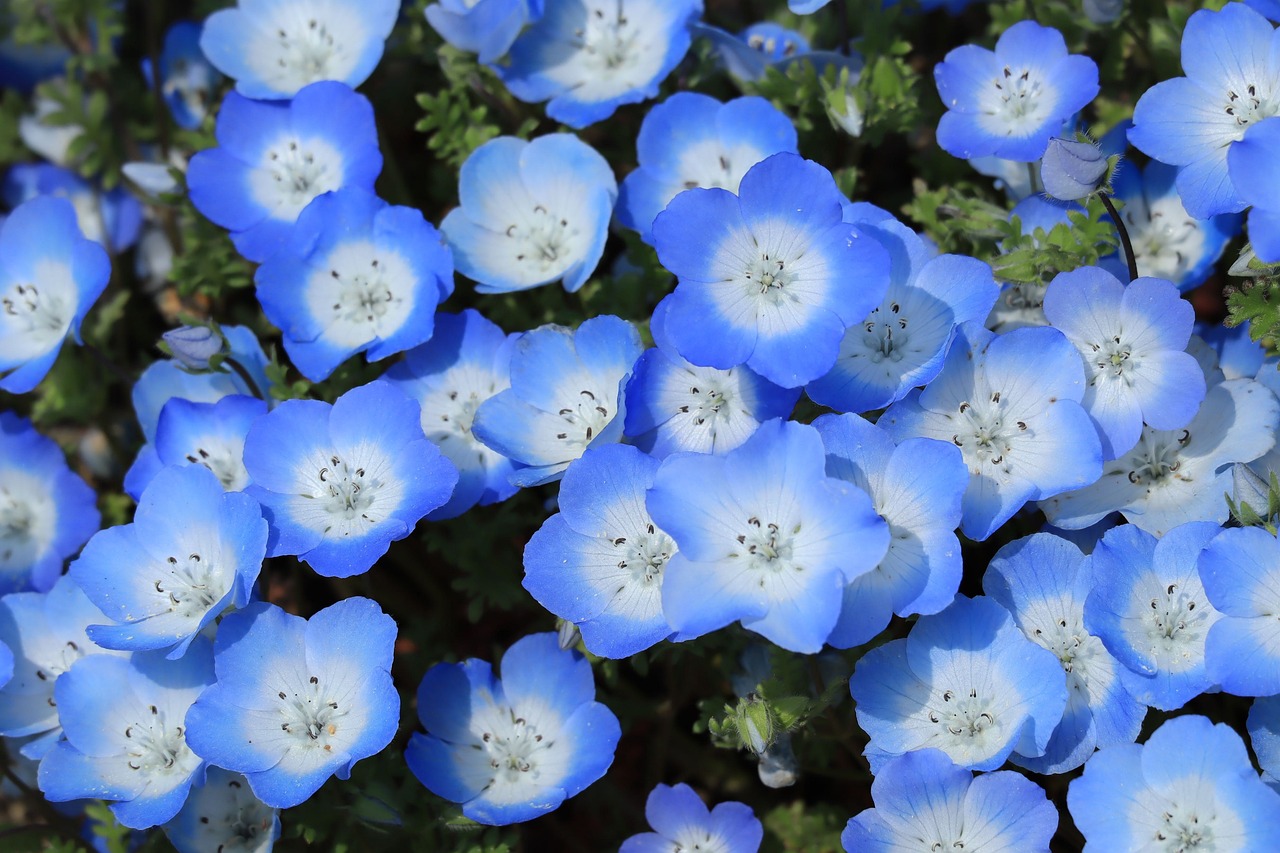Brunnera | Blue Blossoms Hidden in the Shade
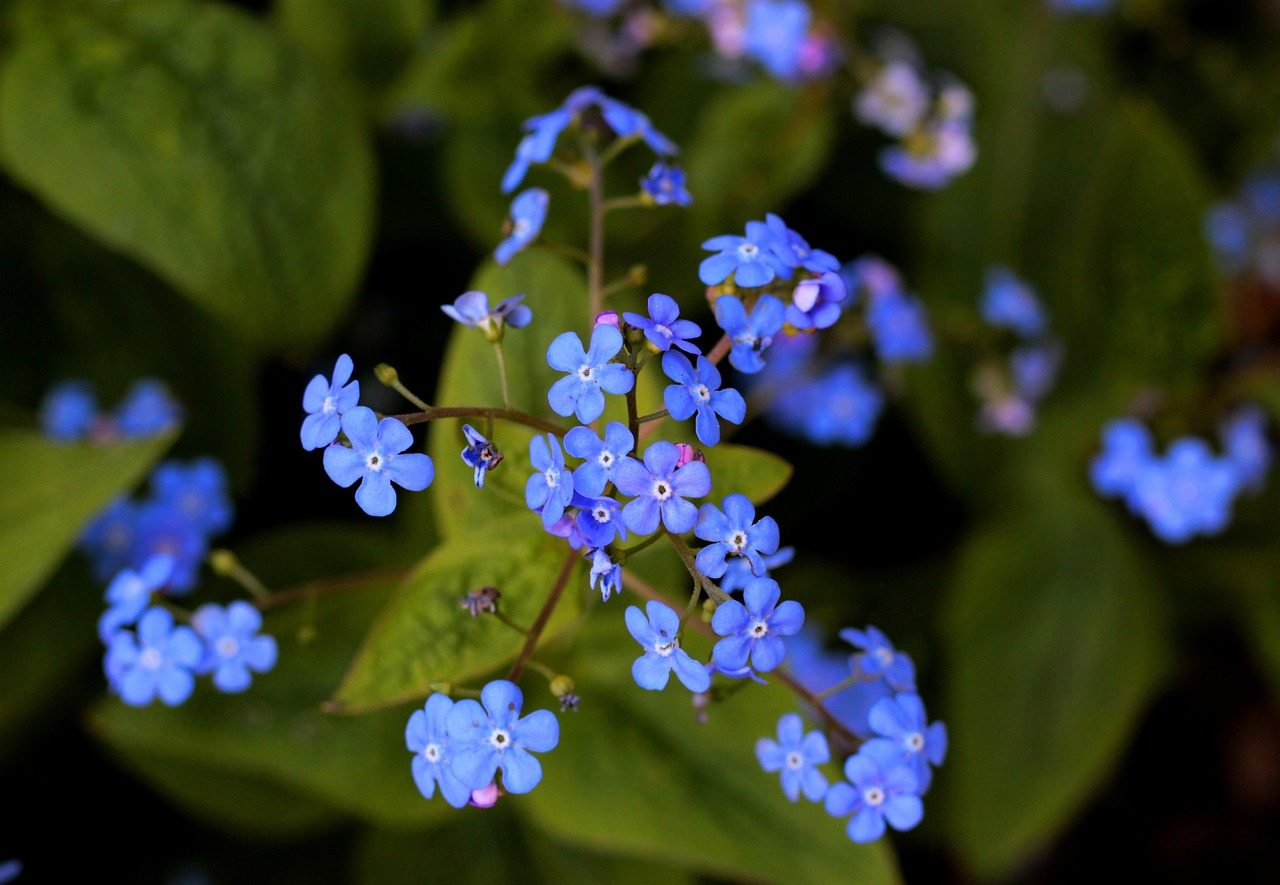
Brunnera is a perennial plant admired for its delicate blue flowers and beautifully patterned foliage, making it an ideal choice for shade gardens.
Its charming flowers resemble those of “forget-me-not,” and it is often valued as a delightful accent that brightens the spring garden.
In this article, I will introduce the essential information, cultural background, and practical tips for growing Brunnera.
Basic Information
- Scientific name: Brunnera macrophylla
- Family: Boraginaceae
- Origin: Eastern Europe to Western Asia
- Appearance: Brunnera is characterized by large, heart-shaped leaves and small blue flowers blooming in spring. Some varieties feature silver variegation, with ‘Jack Frost’ being especially popular for its striking foliage. The vivid blue flowers cluster at the tips of the stems, giving the garden a refreshing impression.
- Blooming season: April to May. Even after flowering, the foliage remains attractive throughout the growing season.
Cultural Significance Worldwide

Brunnera is widely cherished in Europe and North America as an essential plant for shade gardens.
It is often used in garden design, particularly the silver-leafed varieties, which are highly valued for their ability to brighten shady areas.
In English, Brunnera is also known as “Siberian Bugloss,” a name that conveys its cool and elegant appearance.
In gardening, Brunnera is frequently planted as a focal point and paired with hostas and ferns to create shaded gardens with depth and contrast. During spring, when it flowers, Brunnera often attracts attention at horticultural festivals and garden shows.
Historical Background
The name “Brunnera” honors the Swiss botanist Samuel Brunner.
With the rise of botany between the 18th and 19th centuries, Brunnera became widely recognized in Europe.
During the gardening boom of that era, it was particularly valued as a hardy plant introduced to cold-climate gardens. Its resilience made it a popular choice.
In Victorian England, Brunnera also gained popularity, as its dainty, forget-me-not-like flowers fit perfectly into the ornamental garden culture of the time. This legacy helped establish its enduring popularity, which continues today.
Gardening Advice

Brunnera thrives in partial to full shade, so it is best to avoid overly sunny spots.
It is sensitive to dryness, so choose well-drained yet moisture-retentive soil. Water regularly, ensuring the soil does not become excessively dry.
After flowering in spring, removing spent blooms encourages healthy foliage growth.
Fertilization should be minimal—a small amount of organic fertilizer in early spring is sufficient.
Brunnera is hardy and withstands cold winters. Although its aboveground parts die back in winter, new shoots emerge in spring, so no special protection is needed.
For container planting, ensure good airflow and drainage by placing gravel or stones at the bottom of the pot.
Conclusion
Brunnera, with its beautiful blue flowers and silvery leaves, brings a refreshing elegance to any garden.
It is easy to grow even in shady gardens and pairs wonderfully with hostas and ferns to enhance the charm of a shade garden.
I highly recommend adding Brunnera to your garden to enjoy its beauty from spring through early summer.

